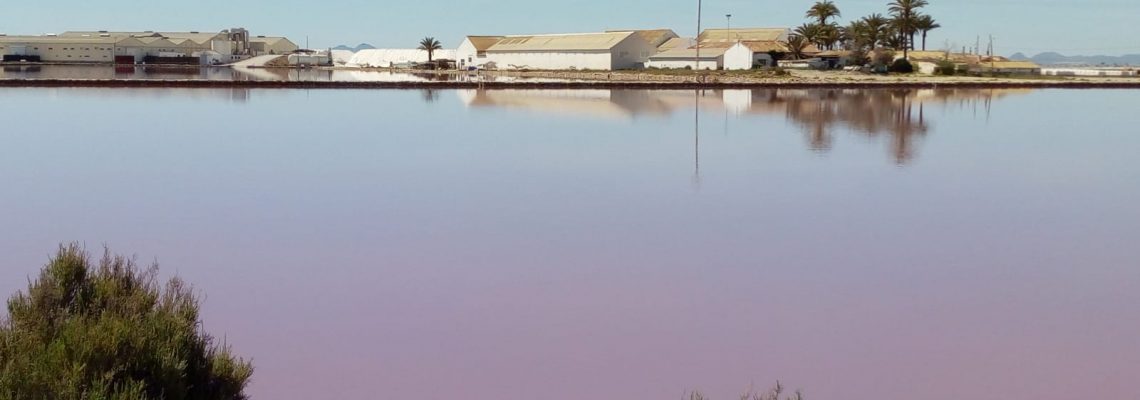It all started when, in 1945, a group of divers found some ceramic vessels in front of the beaches of the Regional Park. When the experts studied them, they recognized that they were used by the Carthaginians as a measure of Punic salt. Then came the Romans in the 2nd and 1st centuries B.C., and created the gárum industry, a thick sauce resulting from the maceration of mackerel with salt that allowed its preservation. This salting industry was maintained from the fall of the Roman Empire towards the 5th century and throughout the Middle Ages until the 15th century. The Visigoths also exported the salt, and later the Muslims exploited it in a conventional way, allowing the water to evaporate and using the salt for food.
Salt was the “white gold” of Phoenicians, Greeks, Romans, Visigoths and Muslims. It was the “salarium” of the Roman legionaries and even at some times was used in religious ceremonies and as a tribute to the gods.

The exploitation of salt in Las Salinas de San Pedro del Pinatar was discontinuous until the 13th century, but the king Alfonso X (called the Wise) ensured that it was harvested and used exclusively by the monarchy; as a result, the salt flats belonged to the Crown until the 19th Century. During these six centuries, the Crown had the monopoly of the exploitation and sale of salt, fixing and regulating prices (known as the “salt pond”) and becoming one of the major sources of taxes.
With the law that declared free the elaboration, commerce and sale of salt, in 1879 the salt was released and the industry was liberated. In 1880, Manuel García de Coterillo bought the salt mines, which at that time were three: Hospital, Principal and Renegada. He unified them into a single one, leaving in the centre the crystallising puddles, the industrial tillage, the administration center and some dwellings for the workers.

After his death, the salt mines were sold to the “Mancomunidad de las Salinas Marítimas de San Pedro del Pinatar”, in 1906. At that time, Ramon Servent, manager of the salt exploitation, extended the salt mines to the west and built the fleck that nowadays joins the Calcetera and Quintín mills.

In 1920, the company Salinera Española S.A. bought the salt mines, restructured the puddles and modernized the production with the mechanization and electrification of the machinery what, in turn, improved the production and the quality of the salt. Currently, Salinera Española is the coordinator of the LIFE-Salinas Project and makes the exploitation of salt compatible with the conservation of the territory and its biodiversity.
Throughout this project, we will discover what new improvements await the Regional Park of Las Salinas y Arenales de San Pedro del Pinatar and you can help us. If you want to be part of this long history, do not hesitate to contact us through our contact e-mails: info@lifesalinas.es and voluntariado@lifesalinas.es
You can also contact us through our social networks:
Facebook: @LIFESalinas
Twitter: @LSalinas184
Instagram: @lifesalinas

